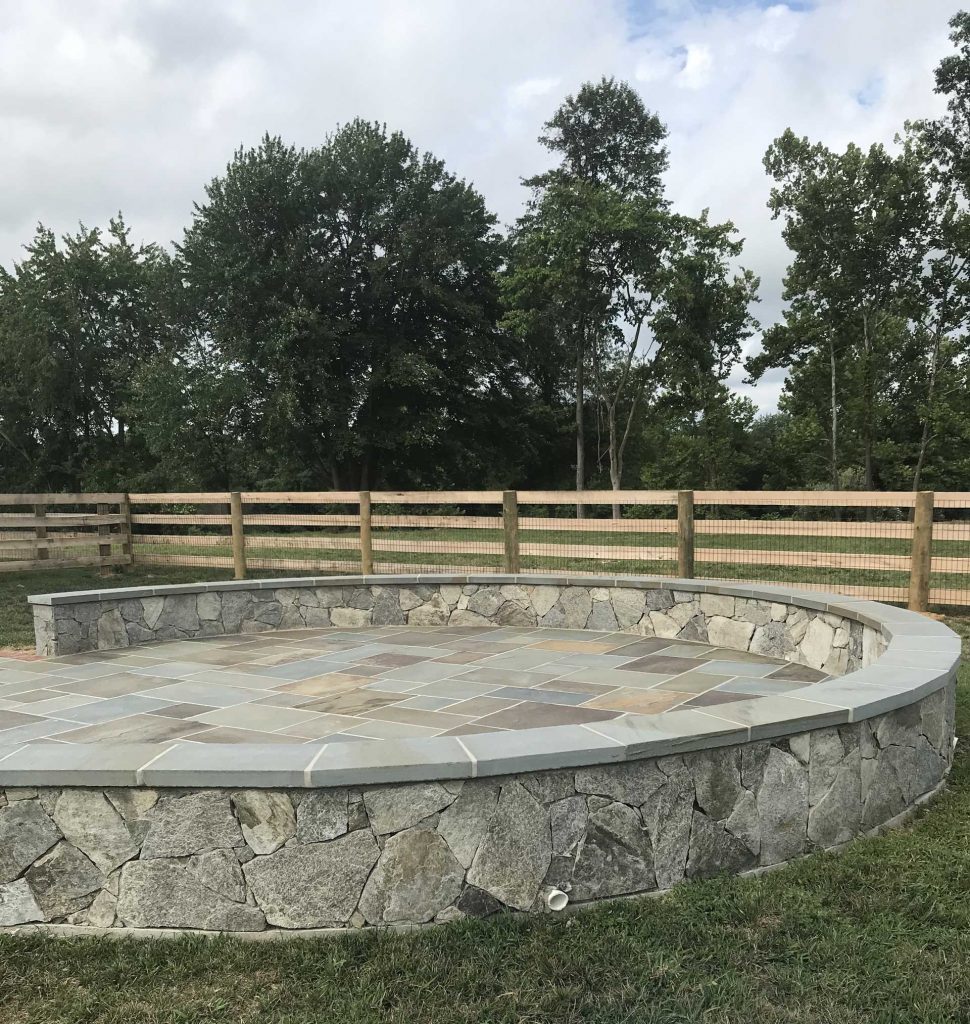What Exactly Is a Cinder Block?
How much do you know about cinder blocks? If you immediately think of those blocks you used to build cheap shelves in college, you need to update your thinking. Cinder blocks are having a resurgence in garden plans everywhere and showing us just how versatile and attractive these durable blocks can be.
What Are Cinder Blocks Made From?
When you burn coal or wood, it leaves behind a residue we call ash or cinders. To make cinder blocks, you combine these cinders with cement. The result is a lightweight, hollow and sturdy block.
A Short History of Cinder Blocks
Cinder blocks have a long, proud history in the American building industry. In the late eighteenth century, coal-burning factories dominated the industrial landscape of the US. All that coal produced huge quantities of cinders that people turned into cinder blocks.
In 1900, Harmon S. Palmer invented the first machine that could produce large quantities of cinder blocks. This coupled with growing industry in Portland cement to make cinder blocks one of the chief building materials in the country.
Today’s Cinder Blocks
Today, you don’t see that many homes in the US are made from cinder blocks or concrete. Concrete and cinder blocks are popular in places like Florida because they can withstand hurricanes. They’re also common building materials in Europe, Latin American and the Caribbean.
Are Cinder Blocks and Concrete Blocks the Same?
Although people often lump cinder blocks, concrete blocks, building blocks, and masonry concrete blocks together, there actually is a difference between cinder blocks and concrete blocks.
Cinder blocks are made from ash and cinders while concrete blocks are made from steel and cement. As a result, cinder blocks are hollow and lightweight. The concrete block is heavy and durable.
Different Uses for Different Blocks
These differences mean the two materials have different uses in the building. In general, you would use concrete blocks to build load-bearing walls, foundations, retainer walls and other structures that require extreme strength.
Cinder blocks are better for decorative walls, steps, outdoor fireplaces, and smaller building projects. Installation with cinder blocks is faster and easier than installation with concrete blocks, which can be heavy and hard to work with.
What Are the Best Uses of Cinder Blocks or Concrete Blocks?
Concrete and cinder blocks have many advantages over other building materials:
- They hold up to fierce weather of all kinds.
- They never rot or rust.
- You won’t get termite damage.
- They’re incredibly durable.
- They are flood-resistant and fireproof.
- They keep out most pests.
Cinder blocks are excellent for all outdoor installations including privacy walls, patios, outdoor fireplaces, potting sheds, chicken coops, walking paths and more.
If you’re thinking about using stone for a project, consider using cinder blocks. In many cases, it is an affordable alternative.
Get Professional Installation for the Best Results
Cinder and concrete blocks can be heavy and difficult to handle. It’s also difficult to mortar them correctly. If you want a cinder block construction, contact a professional masonry company for safe, expert installation. Capital Masonry is a third-generation, award-winning masonry company that specializes in all types of stone and concrete installation.


